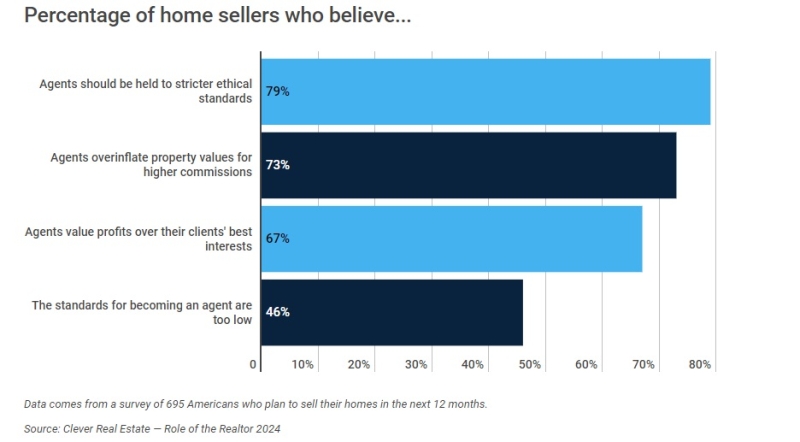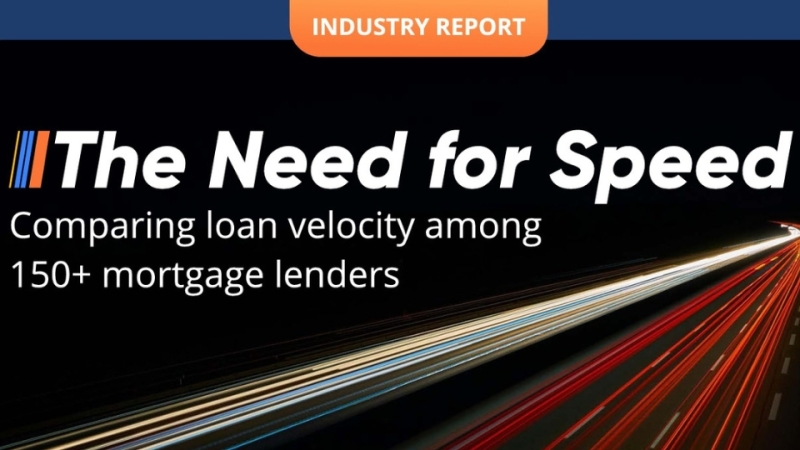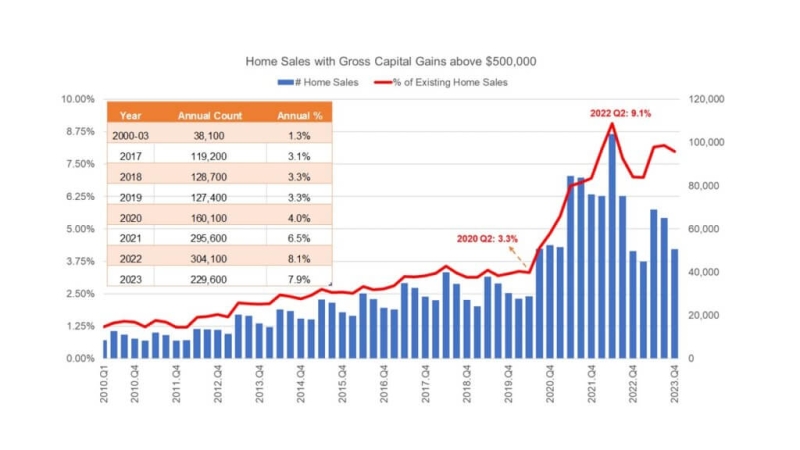Advertisement
Single-Family Housing Starts Up 1.3 Percent

Single-family housing starts in July were at a rate of 876,000, which is 1.3 percent above the revised June figure of 865,000, according to data from the U.S. Census Bureau and Department of Housing and Urban Development (HUD).
Privately-owned housing starts in July were at a seasonally-adjusted annual rate of 1,191,000, down four percent from the revised June estimate of 1,241,000, but also 0.6 percent above the July 2018 rate of 1,184,000.
Single-family authorizations in July were at a rate of 838,000, up 1.8 percent from the revised June figure of 823,000. Privately-owned housing units authorized by building permits in July were at a seasonally-adjusted annual rate of 1,336,000, up 8.4 percent from the revised June rate of 1,232,000 and 1.5 percent above the July 2018 rate of 1,316,000.
Single-family housing completions in July were at a rate of 918,000, which is 4.3 percent above the revised June rate of 880,000. Privately-owned housing completions in July were at a seasonally-adjusted annual rate of 1,250,000, 7.2 percent higher than the revised June estimate of 1,166,000 and 6.3 percent above the July 2018 rate of 1,176,000.
Reaction to the new data was optimistic.
First American Financial Corp. Deputy Chief Economist Odeta Kushi compared the mostly positive statistics to this week’s jitters over a looming recession.
“While the inversion of the yield curve is one of the most vaunted indicators of recession risk, it does not mean that we’re imminently facing recession in the near future,” said Kushi. “Since the mid-1970's, the yield curve has inverted 36 times for at least one day, but there have only been five recessions. There are many factors to consider beyond the inversion of the yield curve when determining recession risk. Single-family housing starts have been a more reliable indicator, because they are a reflection of both homebuilder and consumer confidence.”
Kushi also observed, “Homebuilders are reluctant to break ground on new projects if they fear the economy may slump later. Likewise, consumers are hesitant to make a large investment if they fear losing their jobs. Over the last 40 years, a year-over-year decline of 20 percent or more in single-family housing starts has preceded all but one (2001) of the five recessions. While in recent months housing starts have slowed, July’s 1.9 percent year-over-year gain in single-family housing starts demonstrates homebuilders remain confident.”
George Ratiu Sr., economist for Realtor.com, also highlighted a vibrant housing market, albeit one with some lingering challenges.
“The number of new homes completed and waiting for buyers increased 7.2 percent from June, and were 6.3 percent higher than a year ago,” Ratiu said. “The change was driven by double-digit gains in the Midwest and South regions, areas which have seen greater affordability and migration. The markets are clearly thirsty for new supply, as first-time buyers have been facing a parched landscape this year. This week’s Realtor.com release indicated that the inventory of properties priced below $200,000 in July decreased 9.9 percent from a year ago, just as overall prices rose 5.5 percent. While historically low interest rates offer liquidity, the housing market faces a slower second half of the year.”
Mike Fratantoni, senior vice president and chief economist at the Mortgage Bankers Association (MBA), predicted more construction, but also pointed out a pressing concern.
“Yesterday, we reported that applications for the purchase of new homes increased in July, and we anticipate that builders are going to react to this pickup in activity, along with extremely low mortgage rates, by increasing the pace of construction,” Fratantoni said. “Permits, which lead starts, were up in July as well, so there is some indication of momentum. However, although builder confidence is high, the number of open construction jobs is also high, and the lack of skilled labor continues to be a constraint on the overall pace of building.”
About the author





